-
GeneralGeneral
-
Pandemics Homepage


Welcome to the Pandemic Etiology, Preparedness, and Response course. This course aims to equip participants with the knowledge and skills to understand the causes of pandemics and to prepare and respond to future pandemics based on the lessons learned from previous pandemics and the ongoing COVID-19 pandemic. This course provides an opportunity for participants to be knowledgeable in pandemic preparedness and response, adopting a global health perspective.The Pandemic Etiology, Preparedness, and Response course, like all NextGenU.org courses, is competency-based, using competencies provided by faculty at Yale University, Planning and Incorporating Public Health Preparedness Into the Medical Curriculum, and CEPH It uses learning resources from organizations such as the Pan American Health Organization, U.S. Centers for Disease Control and Prevention (CDC), the U.S. National Institutes of Health, and the World Health Organization.
The Pandemic Etiology, Preparedness, and Response course was developed in collaboration with Yale University and was designed by Dr. Kaveh Khoshnood and; Dr. Amy Bei; with assistance from graduate students; Adam J. Moore, MPH; and Matthew Paige, MPH; and the NextGenU.org team; Hugo Rojas, MD, MSc, DiplEd; Margaret Niles, PhD, MEd, DipID; and Pablo Baldiviezo, MD, DiplEd.
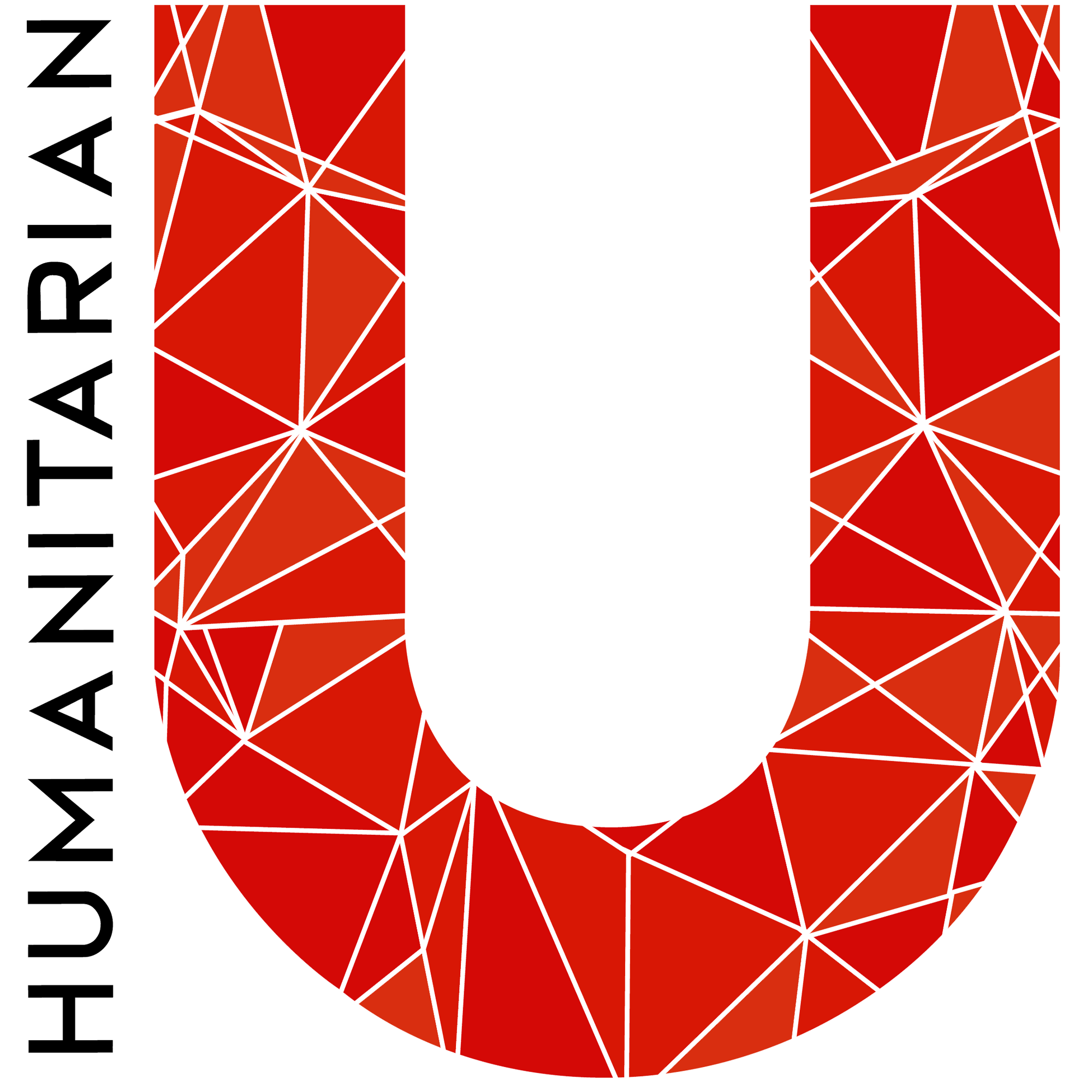
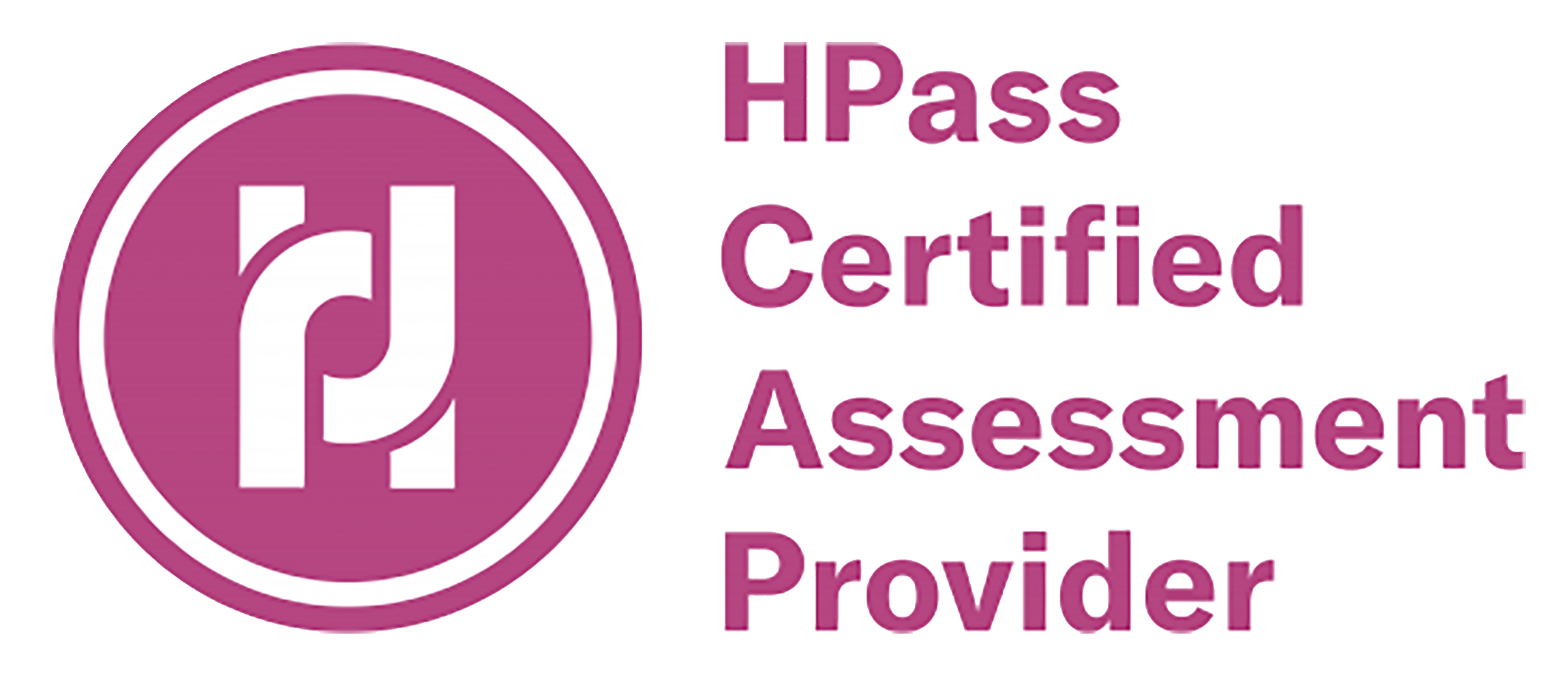
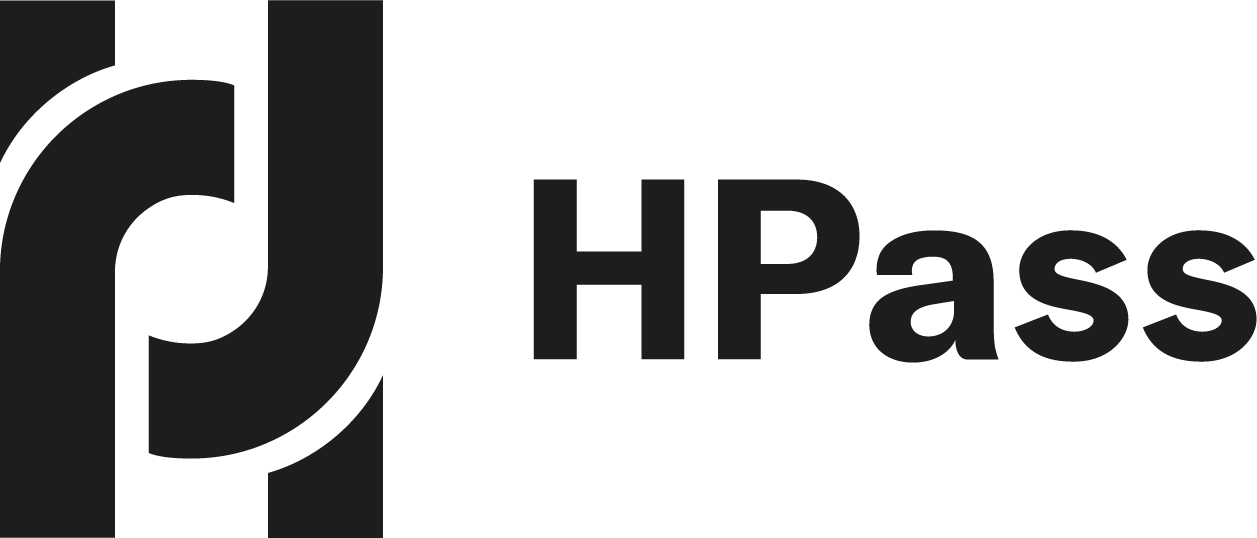
For publications on NextGenU.org’s courses’ efficacy, see “A Novel Integration of Online and Flipped Classroom Instructional Models in Public Health Higher Education” (2014), BMC Medical Education, “Building Public Health Capacity through Online Global Learning,” (2018), Open Praxis, or on NextGenU.org’s publication page. Subscribe to our newsletter to be notified of future updates, new courses, and to be part of our community.
There are 8 modules to complete, which provide an introduction to:
- Module 1: Past, Present, & Future Pandemics
- Module 2: Pandemics in High- and Low-Income Countries
- Module 3: Origin and Progression of Viruses with Pandemic Potential
- Module 4: Testing and Surveillance
- Module 5: Transmission Dynamics Modeling
- Module 6: Vaccine Development and Delivery
- Module 7: Legal, Human Rights, & Ethical Issues
- Module 8: Effective Risk Communication
The completion time for this course is estimated at 91 hours, comprising 19 hours of learning resources, 39 hours for time to study content and assimilation, and 34 hours of participating in learning activities and quizzes, to assist the learners in the synthesis of learning materials. This course is equivalent to 2 credit hours.
The course requires the completion of all activities i.e., quizzes, peer activities, reflective essays, and discussion forums that are needed to complete the course. At the end of each module, there is a practice quiz of fifteen (15) multiple-choice questions. After you’ve completed each lesson, quiz, peer activity, and learning activity, you will have access to a final exam consisting of fifty (50) multiple-choice questions and a chance to evaluate this course. The final exam will be designed so that participants can have multiple opportunities to answer correctly until the required score of 70% or higher is obtained. Once you’ve passed that last test, you will be able to download a certificate of completion from NextGenU.org and our course’s co-sponsoring organizations (listed above). We keep all of your personal information confidential, never sell any of your information, and only use anonymized data for research purposes. Also, we are happy to report your testing information and share your work with anyone (your school, employer, etc.) at your request.
Engaging with this course:
You may browse this course for free to learn for your personal enrichment; there are no requirements. To register in this course, it is required that learners have obtained a college-level/bachelor's degree.
To obtain a certificate a learner must first register (see the register icon) and then successfully complete
- All reading requirements,
- All quizzes and pass with a score of 80% with unlimited attempts,
- All peer activities,
- All reflective essays,
- All discussion forums,
- The final exam with a minimum score of 80% and a maximum of 3 attempts, and
- The self and course evaluation forms.
To obtain credit:
-
Complete all requirements listed above for the certificate, and
-
Your learning institution or workplace should approve the partner-university-sponsored NextGenU.org course for educational credit, as they would for their learner taking a course anywhere.
NextGenU.org is happy to provide your institution with:
- A link to and description of the course training, so they can see all its components, including the co-sponsoring universities and other professional organization co-sponsors;
- Your grade on the final exam;
- Your work products (e.g., case study activities) and any other required or optional shared materials that you produce and authorize to share with them;
- Your evaluations -- course, and self-assessments;
- A copy of your certificate of completion, with the co-sponsoring universities and other organizations listed.
To obtain a degree, NextGenU.org co-sponsors degree programs with institutional partners. To obtain a full degree co-sponsored with NextGenU.org, registrants must be enrolled in a degree program as a student of a NextGenU.org institutional partner. If you think that your institution might be interested in offering a degree with NextGenU.org, contact us.
We hope that you will find this a rewarding learning experience, and we count on your assessment and feedback to help us improve this training for future students.
Here are the next steps to take the course and earn a certificate.
- Complete the registration form.
- Take the pre-test.
- Begin the course with Module 1: Past, Present, & Future Pandemics. In each lesson, read the description, complete all required readings and any required activities, as well as take the corresponding quizzes.
-
Module 1: Past, Present, & Future Pandemics

Instructional Goals covered in this module:
- Understand the concept of pandemics.
- Apply a syndemic framework to compare and contrast the COVID-19 Pandemic and 1918 Flu Pandemic in terms of spread, diagnosis, treatment, control, and impact on endemics.
- Examine how human behavior influences the emergence and spread of novel diseases using a One Health approach.
-
Module 1: Lesson 1: Lessons from Previous and Current Pandemics
Student Learning Outcomes:
Upon completion of this lesson, you will be able to:- Define key terms associated with pandemics (outbreak, epidemic, endemic, pandemic, communicable, non-communicable, infectious, contagious, etc.)
- Outline the factors that increase the risk of disease outbreaks and their potential escalation into pandemics.
- Outline the WHO's phases of a pandemic and the relevant actions for each phase.
- Recall the key components of the syndemic framework for public health.
- Examine how biological and environmental factors influenced the spread, diagnosis, treatment, and control of COVID-19 and the 1918 Flu.
- Evaluate the impacts of COVID-19 and the 1918 Flu on endemics using a syndemic framework.
- Examine the role of human behavior in the spread of infectious diseases based on COVID-19 and other pandemics using a One Health approach.
14 URLs, 1 Forum -
Module 2: Pandemics in High- and Low-Income Countries

Instructional Goals covered in this module:
- Explain the differences in the roles, responsibilities, relationships, and collaborations among governments, public health agencies, public health systems, and healthcare providers in high- and low-income countries.
- Integrate components of successful pandemic preparedness and response plans to improve upon existing strategies considering available resources, barriers, and constraints.
-
Module 2: Lesson 1: Public Health Systems and Agencies
Student Learning Outcomes:
Upon completion of this lesson, you will be able to:
- Identify the roles and responsibilities of governments and public health agencies in pandemic preparedness and response activities
- Describe the structure of international public health systems, the assets, and authority at each level of government (local, state, federal).
- Outline the roles and responsibilities of hospitals, community-based healthcare professionals, and health science students in pandemic response efforts in high- and low-income countries.
- Summarize the importance of collaboration among governments and health systems internationally in developing strategies to improve pandemic preparedness and response on a global scale.
14 URLs -
Module 2: Lesson 2: Pandemic Preparedness and Response
Student Learning Outcomes:
Upon completion of this lesson, you will be able to:- Describe the socioeconomic factors at the individual, community, and national levels that hinder pandemic preparedness and response.
- Compare the barriers to pandemic preparedness and response between high- and low-income countries.
- Outline the pandemic response strategies that have been implemented in high- and low-income countries.
- Identify key components and core capabilities of successful pandemic preparedness and response plans.
- Prescribe strategies to enhance the effectiveness and sustainability of pandemic response plans based on the resources available.
20 URLs, 1 Forum -
Module 3: Origin and Progression of Viruses with Pandemic Potential

Instructional Goals covered in this module:
- Illustrate the similarities and differences in etiology, distribution, pathogenesis, and mutation of SARS-CoV-2 and other types of severe viruses.
-
Module 3: Lesson 1: Viral Mutation in Pandemics
Student Learning Outcomes:
Upon completion of this lesson, you will be able to:- Differentiate between antigenic shift and antigenic drift.
- Identify factors that affect virus mutation rate.
- Summarize the societal impacts of rapid virus mutation during pandemics.
Click here to start this lesson4 URLs -
Module 3: Lesson 2: Progression of Pandemics
Student Learning Outcomes:
Upon completion of this lesson, you will be able to:- Indicate the common characteristics of viruses with the potential to cause pandemics.
- Explain the mechanisms that contribute to the interspecies viral transmission that can cause the outbreak of diseases with pandemic potential.
- Contrast the factors related to the global spread of SARS-CoV-2 from Wuhan, China, to that of previous pandemics.
- Analyze how the pandemic caused by SARS-CoV-2 differs from previous pandemics in terms of distribution, mutation, and societal impact.
10 URLs, 1 Forum -
Module 4: Testing and Surveillance

Instructional Goals covered in this module:
Determine the suitability of different types of testing assays for pandemic screening programs based on the availability of resources and biological, procedural, logistical, financial, ethical, cultural, and analytical constraints. - Evaluate different types of epidemiologic surveillance methods (routine, active, syndromic) and strategies (contact tracing, case reporting, etc.) for strengths and weaknesses in the warning, prevention, and control of infectious diseases at different levels of society (individual, local, national, international).
-
Module 4: Lesson 1: Pandemic Screening Programs and Testing Assays
Student Learning Outcomes:
Upon completion of this lesson, you will be able to:- Identify the advantages, disadvantages, and limitations of different types of diagnostic testing methods available for SARS-CoV-2 and other previous pandemic-causing viruses.
- Examine the impact of procedural, logistical, and financial factors on infectious disease screening programs.
- Break down the ethical, political, and cultural constraints on the development and implementation of screening assays and programs.
- Evaluate the success and sustainability of strategies and policies for SARS-CoV-2 detection that were implemented globally.
- Determine appropriate infectious disease screening mechanisms and strategies for implementation in different income settings.
Click here to start this lesson9 URLs, 1 Forum -
Module 4: Lesson 2: Epidemiologic Surveillance for Pandemics
Student Learning Outcomes:
Upon completion of this lesson, you will be able to:- Recognize the importance and benefit of routine public health surveillance before, during, and after pandemics, and how they contribute to early warning to facilitate infection control and reduce morbidity and mortality.
- Indicate the most common surveillance methods and investigation strategies that were implemented for different pandemics.
- Evaluate the successes and shortcomings of previously implemented epidemiologic surveillance methods and strategies for pandemic prevention and control at the individual, local, national, and international levels.
5 URLs -
Module 5: Transmission Dynamics Modeling

Instructional Goals covered in this module:
Discuss the benefits, limitations, and challenges of applying infectious disease modeling to answer public health questions about disease transmission and control processes for pandemic preparedness and response.
-
Module 5: Lesson 1: Infectious Disease Modelling
Student Learning Outcomes:
Upon completion of this lesson, you will be able to:- Explain the use of mathematical models to describe infectious disease transmission and control internationally.
- Identify which outbreak/pandemics-related concerns in public health policy and practice can be addressed by model-based approaches.
- Examine the main challenges and limitations of implementing modeling approaches in pandemic preparedness and response.
- Assess the value of utilizing model-based approaches in the development of pandemic preparedness and response plans.
Click here to start this lesson7 URLs, 1 Forum -
Module 6: Vaccine Development and Delivery
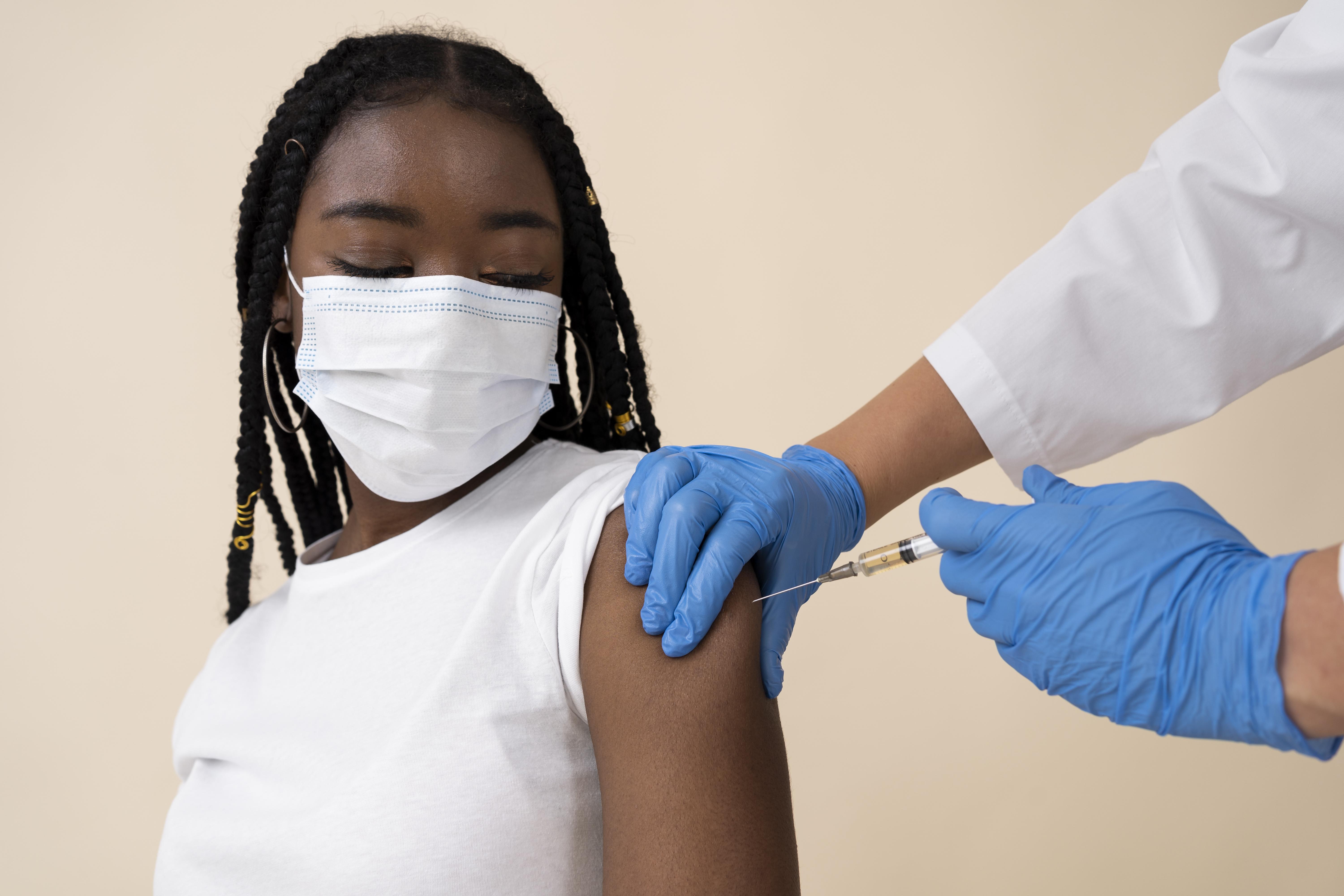
Instructional Goals covered in this module:
- Explain the mechanism of action and effects of different COVID-19 vaccines and how they are tested for safety, efficacy, and effectiveness.
- Evaluate the public health issues that arise when vaccines are rapidly developed to respond to pandemic situations.
-
Module 6: Lesson 1: Pandemics and Vaccine Development
Student Learning Outcomes:
Upon completion of this lesson, you will be able to:- Identify the types of vaccines that are being used in different countries internationally.
- Compare different types of vaccines in terms of their mechanism of action, physiological effect and target population
- Differentiate between vaccine efficacy and effectiveness
- Compare and contrast how vaccine safety, efficacy, and effectiveness are determined under normal circumstances and in pandemics.
- Examine the factors and challenges that can hinder the effectiveness of vaccination programs, including considerations for deployment during a pandemic
- Assess the need for rapid vaccine development considering the balance of ethical concerns, addressing urgency, and establishing vaccine safety and efficacy during a pandemic
12 URLs, 1 Forum -
Module 6: Lesson 2: Vaccine Hesitancy, Acceptance, and Uptake
Student Learning Outcomes:
Upon completion of this lesson, you will be able to:- Outline the major factors that influence vaccine uptake and the impact of hesitancy on public health.
- Explain the role of healthcare workers on influencing vaccine uptake in communities.
- Compare the effectiveness and ethical concerns of different strategies used to increase vaccine acceptance and uptake in society.
7 URLs, 1 Forum -
Module 7: Legal, Human Rights, & Ethical Issues

Instructional Goals covered in this module:
- Discuss the local and international impacts of COVID-19 on human rights, rule of law, freedom of expression, and media freedom.
- Analyze the ethical issues and tensions faced by governments, healthcare systems, and physicians that must be considered during a pandemic, and the responses to these issues.
- Discuss the local and international impacts of COVID-19 on human rights, rule of law, freedom of expression, and media freedom.
-
Module 7: Lesson 1: Legal Restrictions and COVID-19
Student Learning Outcomes:
Upon completion of this lesson, you will be able to:- Explain why human rights, including the right to the protection of health, must be maintained even in crisis situations such as pandemics.
- Analyze how the COVID-19 pandemic has impacted human rights and the rule of law nationally and internationally, identifying the groups and populations that have been significantly affected.
- Compare and contrast the human rights impacts of COVID-19 and other pandemics on the media and vulnerable groups.
4 URLs, 1 Forum -
Module 7: Lesson 2: Ethical Issues in Pandemic Response
Upon completion of this lesson, you will be able to:Student Learning Outcomes:
- Explain the ethical dilemmas and tensions that healthcare systems and workers experience in balancing individual patient treatment and protecting population health during pandemics.
- Discuss the ethical issues that governments and international agencies must consider in developing and implementing pandemic response and control measures and interventions.
- Examine the ethical considerations that govern the approaches used by governments and healthcare systems to allocate scarce resources during a pandemic.
11 URLs -
Module 8: Effective Risk Communication

Instructional Goals covered in this module:
- Use appropriate communication strategies and styles for different audiences to effectively communicate public health information, promote awareness, counter misinformation, and advocate for policies and programs during a pandemic.
- Use appropriate communication strategies and styles for different audiences to effectively communicate public health information, promote awareness, counter misinformation, and advocate for policies and programs during a pandemic.
-
Module 8: Lesson 1: Effective Public Health Communication for Different Audiences
Student Learning Outcomes:
Upon completion of this lesson, you will be able to:- Outline strategies for effectively communicating model-based and evidence-based public health research findings to various stakeholders involved in pandemic preparedness and response efforts.
- Develop public health communications using techniques and strategies for different audiences to promote awareness and counter misinformation.
5 URLs, 1 Forum -
Module 8: Lesson 2: Advocacy During Pandemics
Student Learning Outcomes:
Upon completion of this lesson, you will be able to:- Recognize the importance of advocacy for policies and programs to improve public health preparedness and response during pandemic situations.
- Discuss advocacy strategies that can be used to shape public opinion and promote public health policies and programs during pandemics.
5 URLs -
Module 9: Impacts of Pandemics on Vulnerable Populations
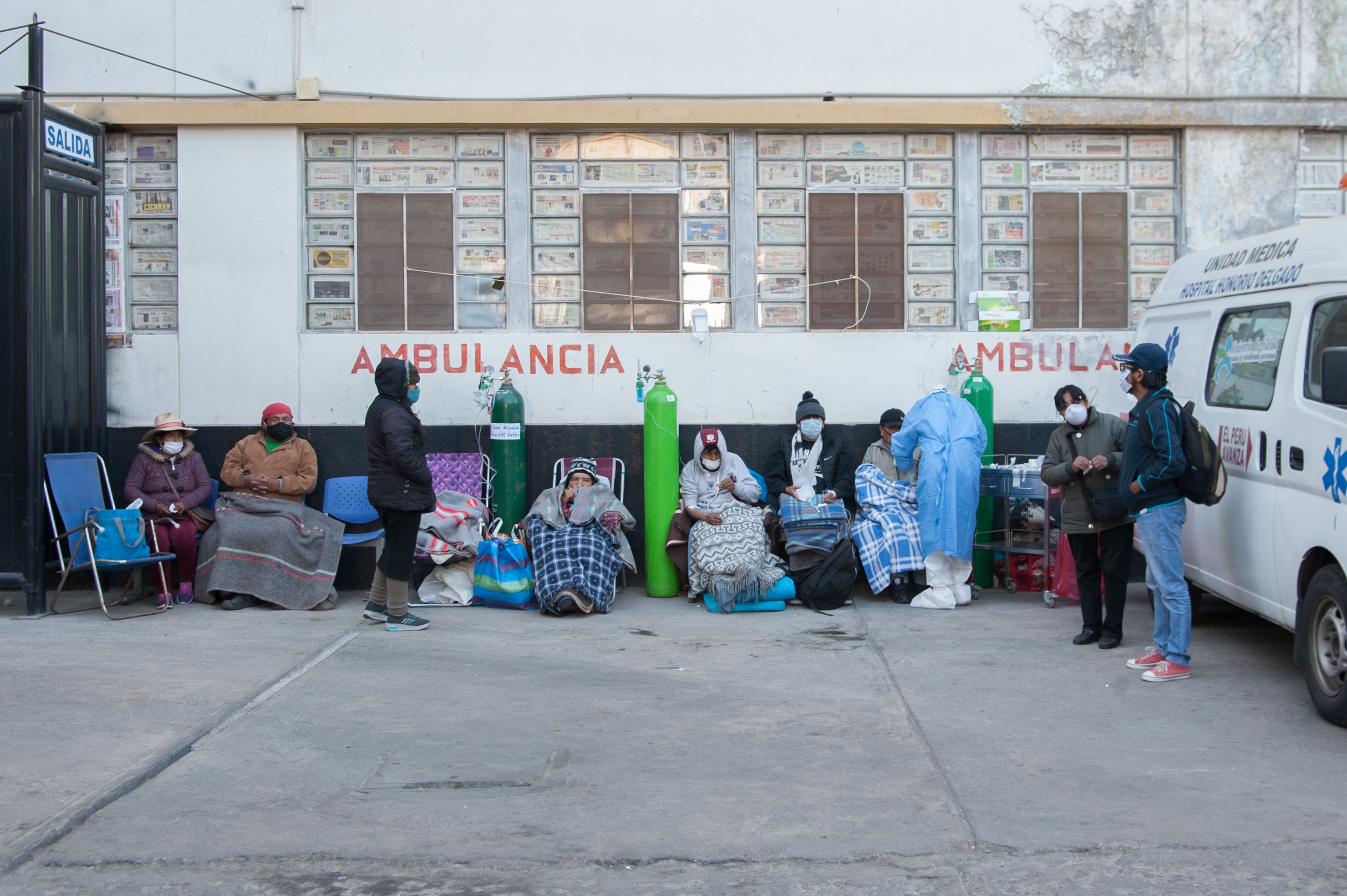
Instructional Goals covered in this module:
- Outline strategic solutions to achieve health equity and reduce the burden of disease on specific vulnerable populations during a pandemic.
- Outline strategic solutions to achieve health equity and reduce the burden of disease on specific vulnerable populations during a pandemic.
-
Module 9: Lesson 1: Pandemics and Population Vulnerability
Student Learning Outcomes:
Upon completion of this lesson, you will be able to:- Explain environmental, socioeconomic, cultural, behavioral (racism, xenophobia, structural bias, and social inequities, etc.) and biological factors that make specific populations vulnerable during pandemics.
- Explain how different socioeconomic and cultural factors undermine efforts to achieve health equity at the community, societal and organizational levels nationally and internationally during pandemics.
- Summarize the barriers that prevent vulnerable populations from accessing health services during pandemics.
- Evaluate the implications of a disproportionate burden of disease and health inequity among vulnerable populations on national pandemic preparedness response efforts.
10 URLs, 1 Forum -
Module 9: Lesson 2: Strategies for Health Equity
Student Learning Outcomes:
Upon completion of this lesson, you will be able to:- Explain the systems thinking approach and how it can assist in developing solutions to health equity problems.
- Assess population needs, assets, metrics, and capacities that affect communities’ health and level of risk during pandemics, based on systems thinking approach.
- Identify unique challenges and strategic solutions to mitigate the burden of disease on refugees and displaced populations.
- Identify the factors related to incarceration that increase the risk of infectious disease transmission during pandemics and viable strategies of risk reduction.
- Identify challenges and solutions to achieving health equity among LGBTQ populations during pandemics.
5 URLs, 1 Forum -
Course and Self Evaluation & Certificate
 In this section, you can provide feedback about this course to help us make NextGenU.org better. Once evaluations are completed, you will be able to download your certificate of completion.
In this section, you can provide feedback about this course to help us make NextGenU.org better. Once evaluations are completed, you will be able to download your certificate of completion.

